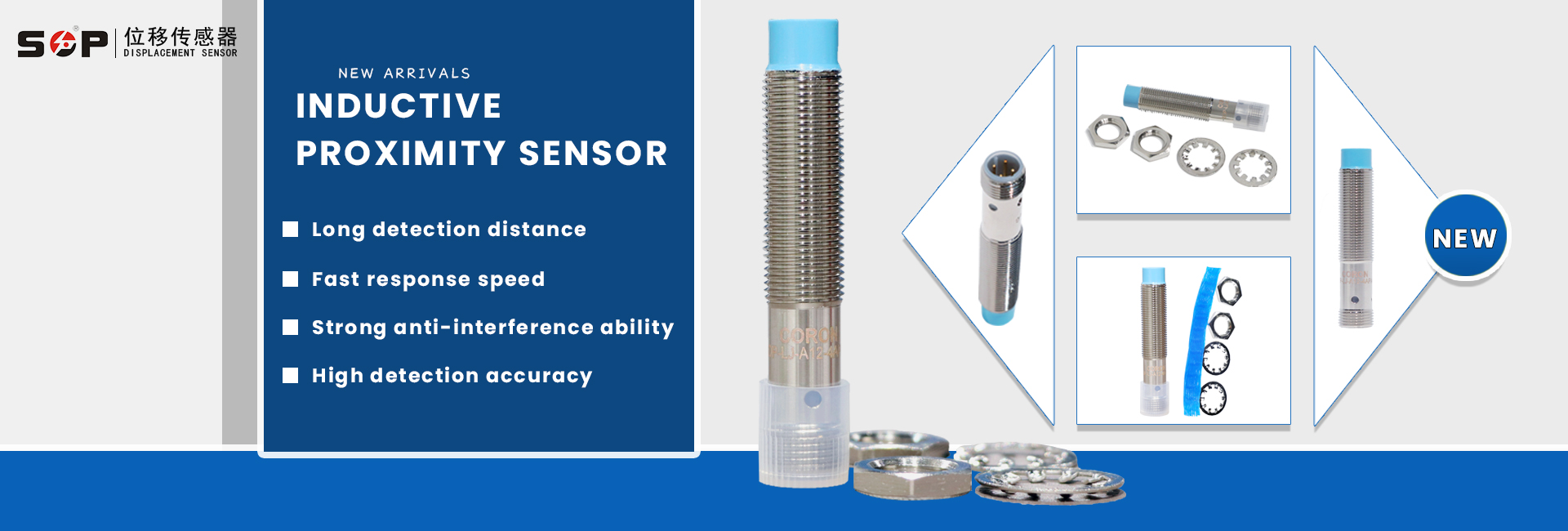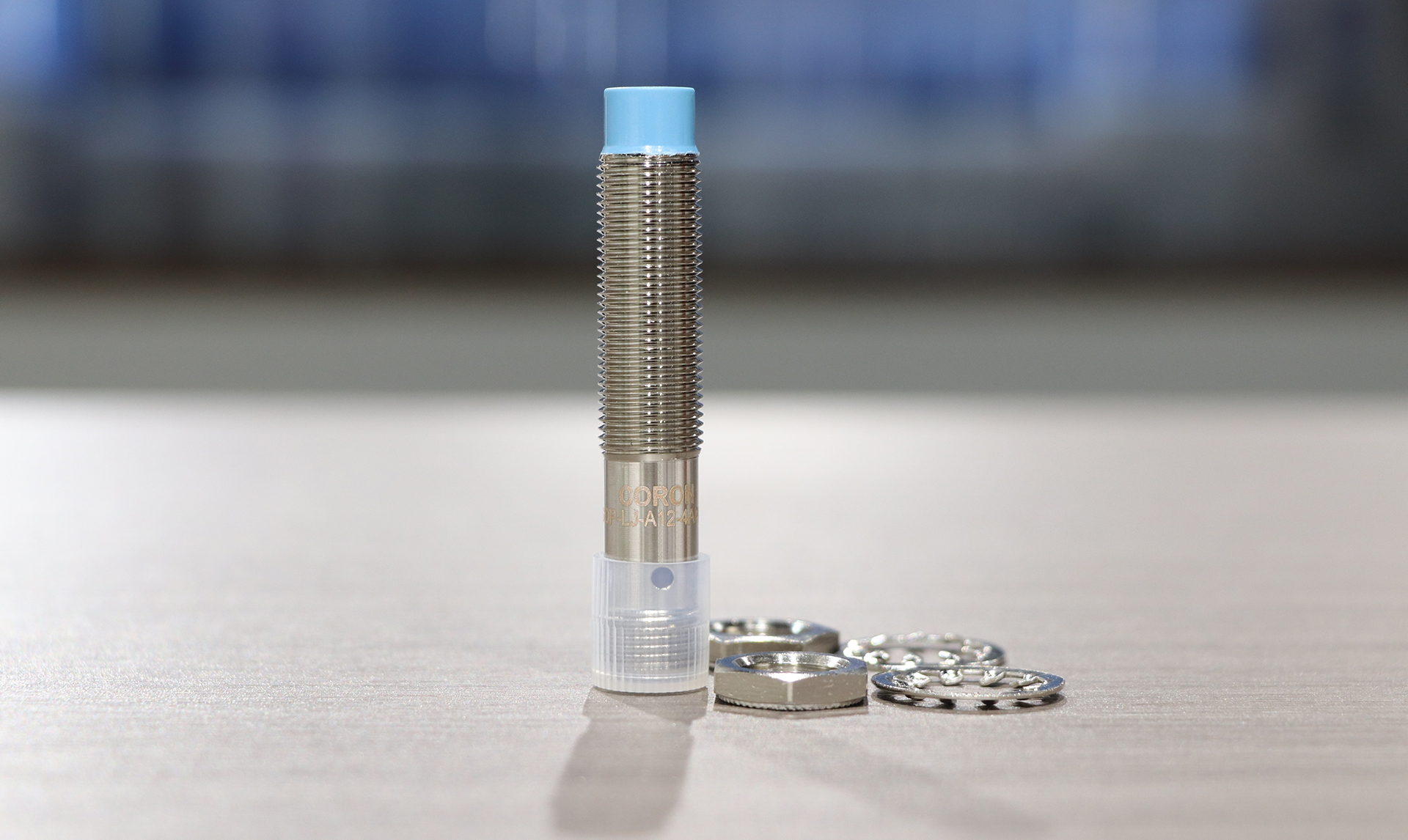What are the advantages of inductive proximity sensor in industrial production?
What are the advantages of inductive proximity sensor in industrial production?
Inductive proximity sensor has many remarkable advantages in industrial production, which make it widely used in automation control, safety monitoring and accurate measurement. The following is a detailed summary of the advantages of inductive proximity sensors in industrial production:
1. Contactless detection Principle advantage: the inductive proximity sensor works by electromagnetic induction principle and can be detected without direct contact with the measured object. This non-contact detection method avoids the problems of wear, pollution and damage caused by contact, and reduces the maintenance cost and downtime.
Application flexibility: Non-contact detection enables the sensor to be applied to various scenes with complex surface conditions, including wet, dusty or corrosive environments, and places where direct contact needs to be avoided to prevent pollution or damage.
2. High sensitivity and stability High sensitivity: inductive proximity sensor can detect the approach of tiny metal objects, which has good sensitivity. This is helpful for accurate position control, speed measurement and acceleration monitoring.
Good stability: the sensor can maintain stable performance in long-term operation and is not affected by external interference. This ensures the continuity and reliability of the production process.3. Strong environmental adaptability and resistance to environmental factors: Inductive proximity sensors can withstand harsh conditions common in industrial fields, such as high temperature, low temperature, humidity, vibration and electromagnetic interference. This makes the sensor work reliably in various industrial environments.
Material adaptability: Although the inductive proximity sensor mainly detects metal objects, it has strong adaptability to different metal materials and can detect a variety of metal materials and alloys.
4. Fast response and real-time detection: The inductive proximity sensor has a fast response speed, which can detect the approach of an object immediately and make a response. This helps to realize fast production line control and fault response.
5. Simple structure and durability Simple structure: Inductive proximity sensor is mainly composed of coil, oscillator, Schmidt trigger and output switch circuit, which is relatively simple in structure and easy to manufacture and maintain.
No moving parts: There are no moving parts in the sensor, which reduces the failure rate caused by mechanical wear and thus prolongs the service life of the sensor.
6. Wide application fields and diversified applications: Inductive proximity sensors are widely used in industrial automation, aerospace, automobile manufacturing, robotics and other fields. They play an important role in these fields, such as measuring the position, speed, acceleration and other parameters of objects on the production line, realizing automatic control and precise manufacturing.
To sum up, inductive proximity sensor has obvious advantages in industrial production, such as non-contact detection, high sensitivity and stability, strong environmental adaptability, fast response, simple and durable structure and wide application fields. These advantages make inductive proximity sensor an important component in industrial automation control.



